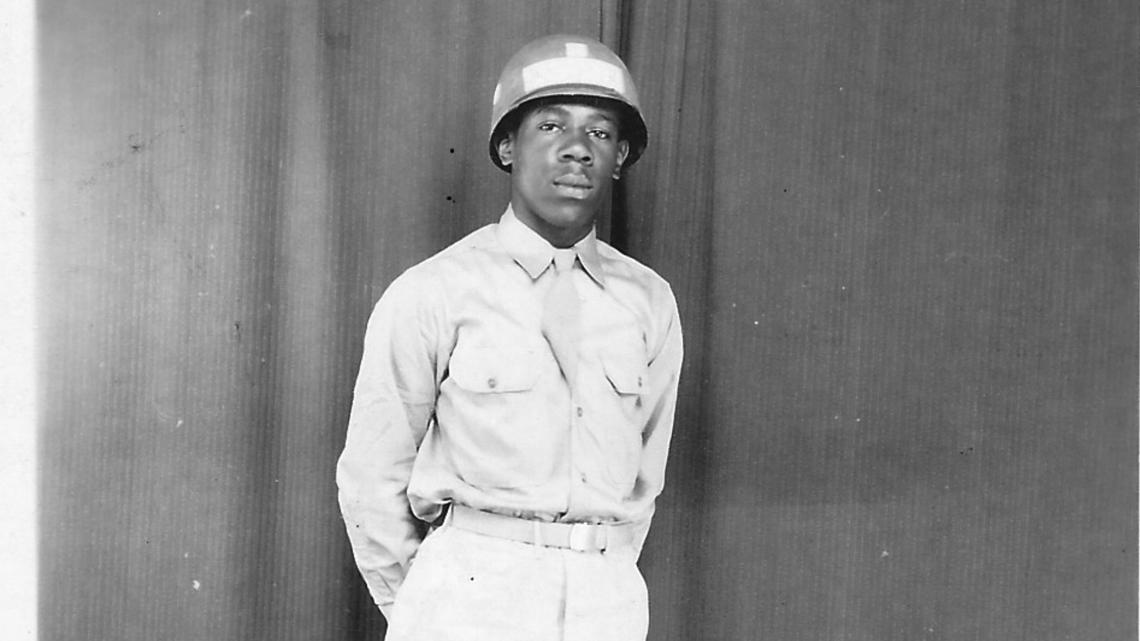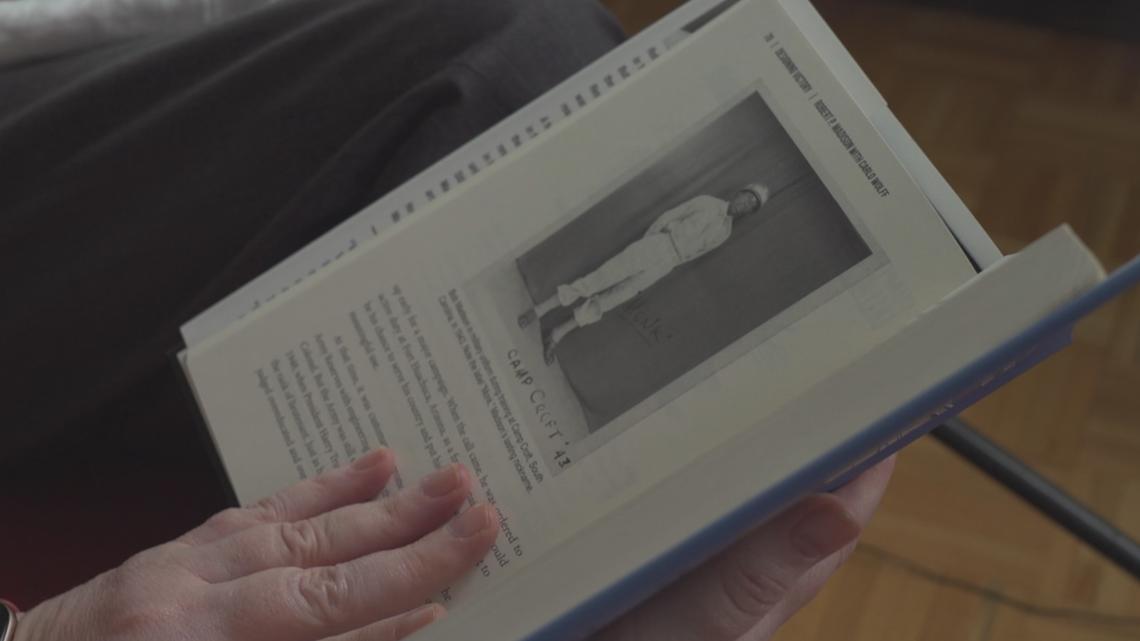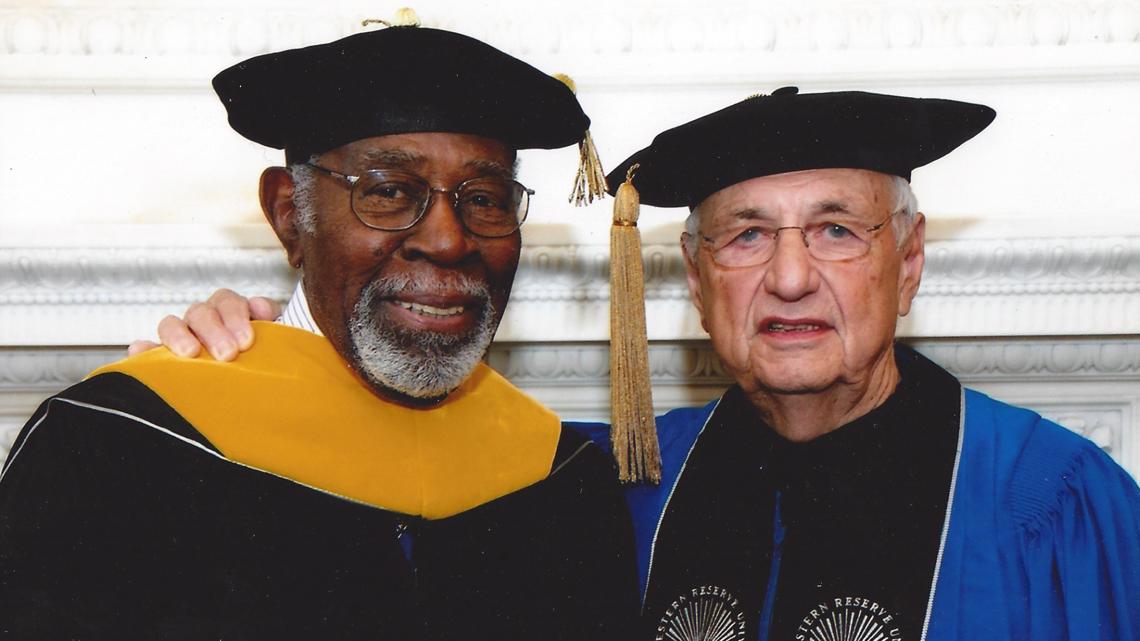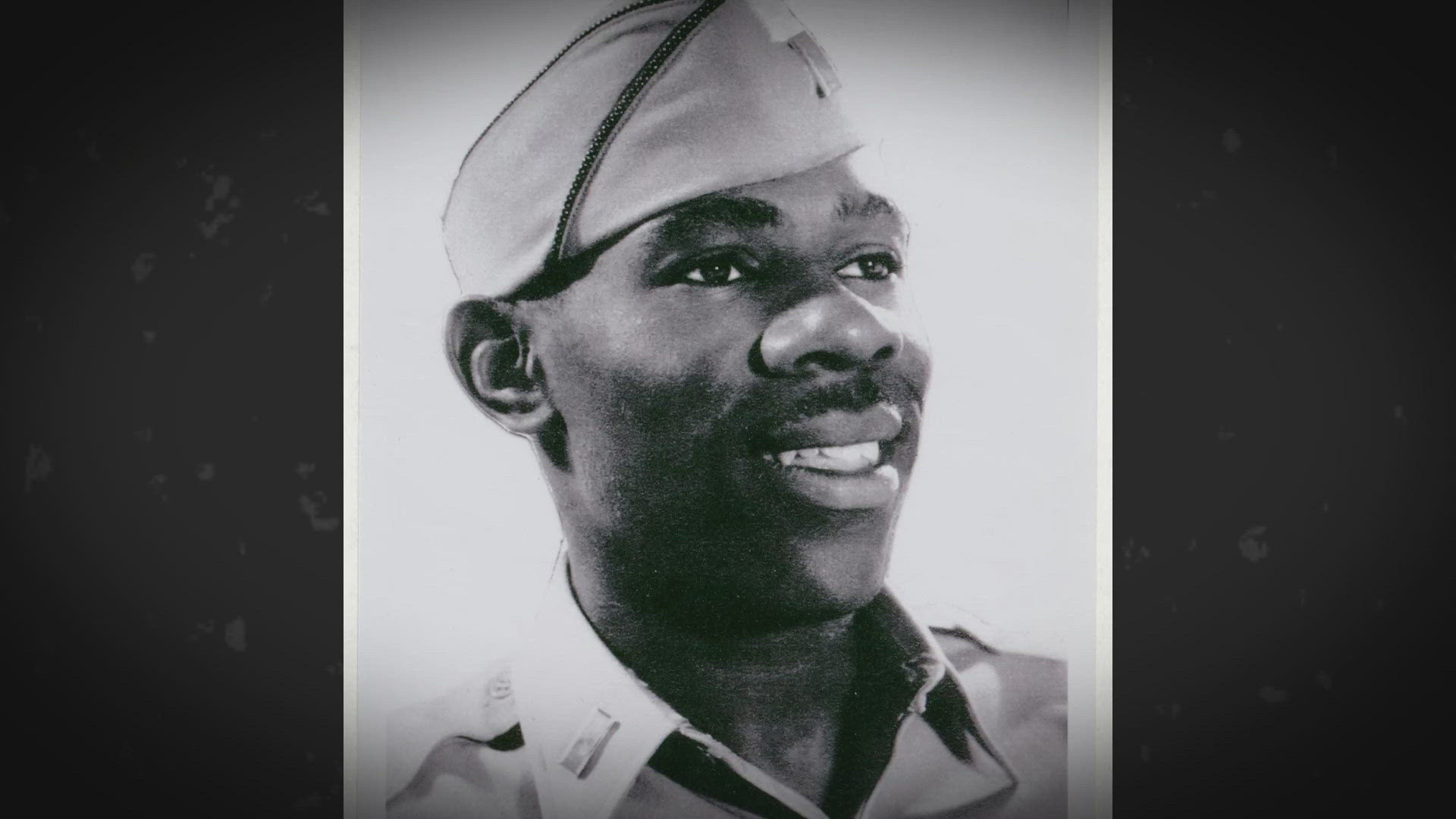SHAKER HEIGHTS, Ohio — June 6, 2024, marks the 80th anniversary of the D-Day landings along the shores of Normandy, France.
The number of World War II veterans still living is dwindling. Of the 16.4 million Americans who served, the Veterans Administration estimates less than 1% are still alive, making them the last voices of the "Greatest Generation."
3News' Maureen Kyle sat down with one of Greater Cleveland's most prominent living veterans, Robert P. Madison, to talk about his experiences serving with the 92nd Infantry Division in Italy.
"War is ugly, just killing people," he says.
Just shy of 101 years old, Madison remembers what only history books can teach the rest of us.
"I had just entered Howard University School of Architecture in 1940, and I think it was '39 that Hitler invaded (Poland), and they were moving up," Madison recalled as we chatted with him in his Shaker Heights living room.
The retired architect is part of what's now dubbed the "Greatest Generation," Americans born between 1900 and the 1920s who who lived through the Great Depression and World War II, with many fighting in the conflict.
Madison told us how he first joined the Reserve Officers' Training Corps (ROTC) and then became part of the historic 92nd Infantry Division of the United States Army.
"First of all, I was an officer. I was a Second Lieutenant," he explained. "All the officers above me were white. Black troops had not been used in battle before. They were used in service — cooking, cleaning, stuff like that — but not in battle."


The 92nd Infantry Division was the only African American troop that participated in combat during World War II.
Segregation existed in all branches of the armed forces during this time. Black soldiers used separate barracks, hospitals, blood banks, and medical staff at all bases. Madison and his men, also known as the "Buffalo Soldiers," were stationed in Italy as ground troops, walking the countryside and fighting Germans hiding in farmland.
"The Germans fired. They knew where we were; they always knew where we were. They fired a bomb and it came into my tent, but it did not explode," Madison said of a malfunction that spared his life. "If it had, I wouldn't be here today."
Madison had a much closer brush with death shortly after. While driving a jeep, the Germans fired, striking him in the abdomen. Shrapnel also hit his left foot, nearly severing it, and spent months recovering in an Army hospital.
Injuries that would have meant a medical discharge for many soldiers did not spare the Second Lieutenant, however. Once declared healthy he was sent back to combat.
His mental state was one far different from his days as a Howard University student.
"What stands out the most is that, No. 1, we recognized this is it. We are going to survive or not," he told us. "But war is what this is all about, and we must go and fight."
The 92nd Infantry faced heavy casualties, but in all the horrors of war, Madison describes a feeling of deep pride and appreciation, at a time when Black men and women didn't always get that experience.


"The Italian citizens cheered us, and to be cheered was something very unusual," he recalled. "It was Black soldiers being cheered by these white Italians."
In many cases, Italy is where the cheers ended.
"The white troops had parades in New York, but not the Black troops," he noted. "It was a segregated society back in those days."
The Army awarded Madison several combat medals and a Purple Heart for his service and sacrifice during the Italian campaign. Looking back, he says the opportunity to fight in the war gave him the chance to help change history.


"As a result, we got an integrated Army, and then Colonel Ben Davis became a Commander, very high-ranking Black man. So it did change after the war, but not during my period."
Madison's life and achievements are chronicled in his memoir, Designing Victory, which is available at independent book stores across Northeast Ohio as well as major online retailers. As he prepares to turn
At a month shy of 101, Madison is at work on another book, and still maintains an active social schedule around the region.
Related stories:

